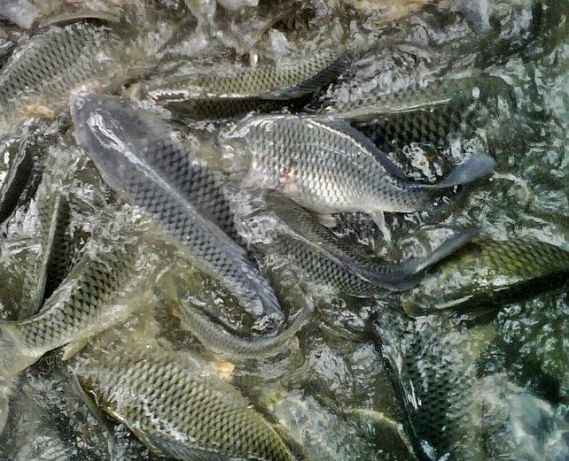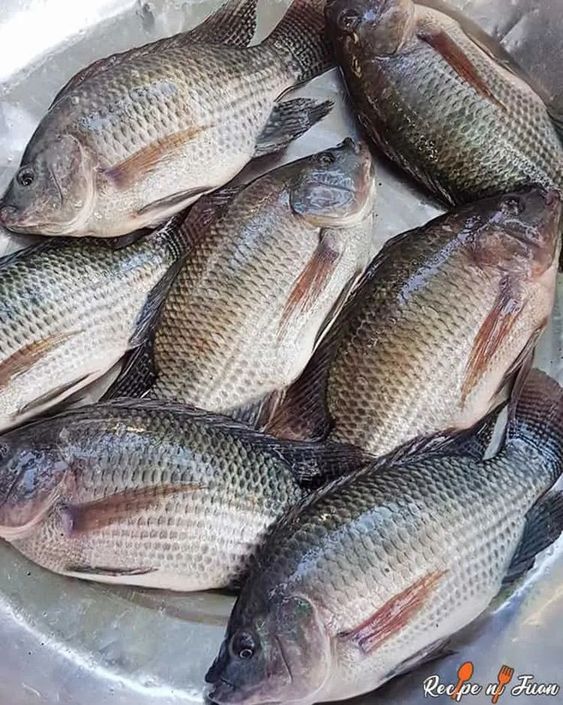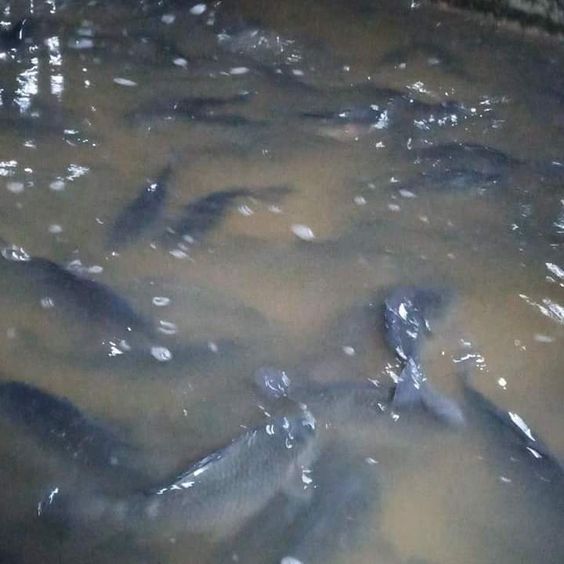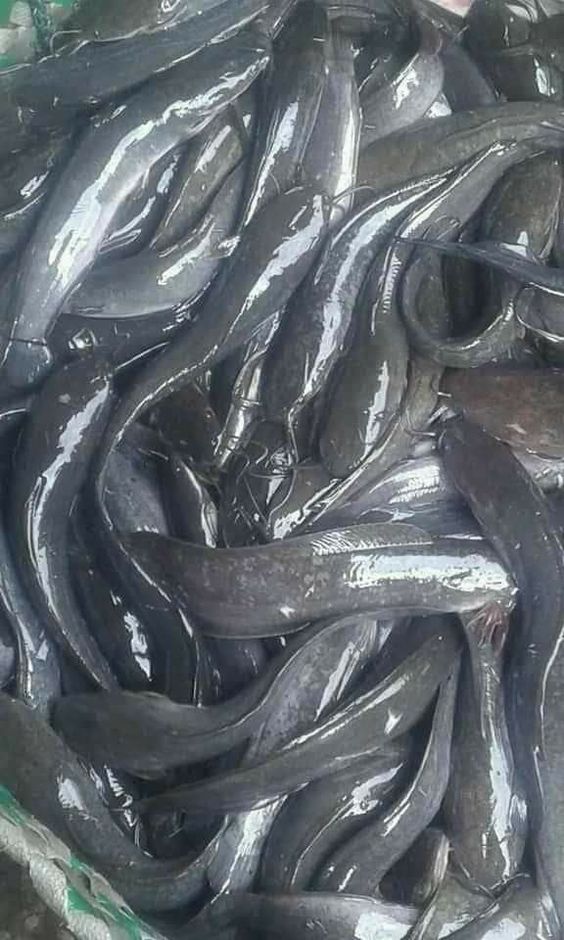Tilapia Water Quality: A Comprehensive Guide
Tilapia Water Quality, a hardy and adaptable fish species, has become a cornerstone of aquaculture worldwide. Its rapid growth rate, tolerance to various water conditions, and high nutritional value make it a popular choice for both commercial and subsistence farming. However, the success of tilapia aquaculture is intrinsically linked to the quality of the water environment. This article delves into the critical aspects of tilapia water quality, exploring its significance, key parameters, management strategies, and the overall impact on fish health and productivity.
Contents
The Importance of Water Quality for Tilapia
Optimal water quality is paramount for tilapia health, growth, and reproduction. It directly influences several key factors:
- Fish Health: Waterborne pathogens thrive in poor water conditions, leading to diseases that can decimate fish populations.
- Growth Rates: Suboptimal water quality can hinder growth rates, resulting in reduced yields and extended production cycles.
- Feed Conversion Efficiency: Poor water quality can compromise feed utilization, leading to higher feed costs.
- Water Quality and Tilapia: A direct correlation exists between water quality parameters and tilapia performance.
- Economic Viability: Maintaining good water quality is essential for the economic sustainability of tilapia farming operations.
Key Water Quality Parameters for Tilapia
Several water quality parameters are crucial for tilapia well-being:
- Temperature: Tilapia are tropical fish that thrive in warm water temperatures typically ranging from 25°C to 32°C. Fluctuations outside this range can stress fish and affect their metabolism.
- Dissolved Oxygen (DO): Tilapia require adequate oxygen levels for respiration. DO levels should be maintained at 5 mg/L or higher.
- pH: Tilapia prefer slightly alkaline water with a pH range of 6.5 to 8.5. Extreme pH values can disrupt osmoregulation and affect fish health.
- Ammonia: Ammonia is a toxic byproduct of fish metabolism. High ammonia levels can lead to gill damage and mortality. Maintaining low ammonia concentrations through proper water exchange and filtration is essential.
- Nitrite: Nitrite is an intermediate product in the nitrogen cycle. Elevated nitrite levels can interfere with oxygen uptake and cause methemoglobinemia, a blood disorder.
- Nitrate: While less toxic than ammonia and nitrite, high nitrate levels can indicate poor water quality and potential problems.
- Alkalinity: Alkalinity is a measure of water’s ability to neutralize acids. Adequate alkalinity helps maintain stable pH levels.
- Hardness: Water hardness refers to the concentration of calcium and magnesium ions. It influences water chemistry and can affect fish health.
Monitoring Tilapia Water Quality
Regular monitoring of water quality parameters is essential for effective tilapia management. Common methods include:
- Water testing kits: These kits allow for on-site measurement of key parameters.
- Laboratory analysis: More accurate and comprehensive analysis can be performed by accredited laboratories.
- Continuous monitoring systems: Automated systems provide real-time data on water quality conditions.
Tilapia Water Quality Management Strategies
Tilapia Water Quality,Several strategies can be employed to maintain optimal water quality in tilapia ponds:
- Water Exchange: Regular water exchange helps dilute accumulated waste products and replenish oxygen levels.
- Filtration: Mechanical and biological filtration systems remove suspended solids and harmful bacteria.
- Aeration: Providing adequate oxygen through aeration is crucial for maintaining high DO levels.
- Proper Stocking Density: Avoiding overstocking prevents excessive waste production and maintains good water quality.
- Feed Management: High-quality feed and proper feeding practices minimize nutrient loading and reduce water quality deterioration.
- Bioremediation: Using beneficial microorganisms to break down organic matter can improve water quality.
- Water Treatment: In some cases, chemical treatments may be necessary to address specific water quality issues.
Tilapia Water Quality Production Systems
Different tilapia production systems have varying water quality requirements and management challenges:
- Pond Culture: Earthen ponds are susceptible to water quality fluctuations due to weather conditions, stocking density, and feed management.
- Cage Culture: Cage systems require efficient water exchange and filtration to prevent nutrient buildup.
- Recirculating Aquaculture Systems (RAS): RAS offer precise control over water quality parameters but require advanced technology and careful management.
Economic Implications of Water Quality
Maintaining good water quality is essential for the economic viability of tilapia farming. Poor water quality can lead to:
- Increased feed costs due to lower feed conversion efficiency.
- Higher disease treatment expenses.
- Reduced fish growth rates and production yields.
- Increased mortality rates.
- Lower market prices for low-quality fish.
Research and Development Tilapia Water Quality
Tilapia Water Quality,Ongoing research is crucial for advancing our understanding of tilapia water quality and developing innovative management practices. Areas of focus include:
- Developing water quality models to predict and prevent problems.
- Identifying and testing new water treatment technologies.
- Exploring the use of probiotics and bioremediation agents.
- Evaluating the impact of climate change on water quality and tilapia production.
Tilapia Water Quality is a cornerstone of successful tilapia aquaculture. By understanding the critical water quality parameters, implementing effective management strategies, and continuously monitoring water conditions, farmers can optimize fish health, growth, and production efficiency. Investing in water quality management is not only essential for environmental sustainability but also for the long-term economic success of the tilapia industry.






